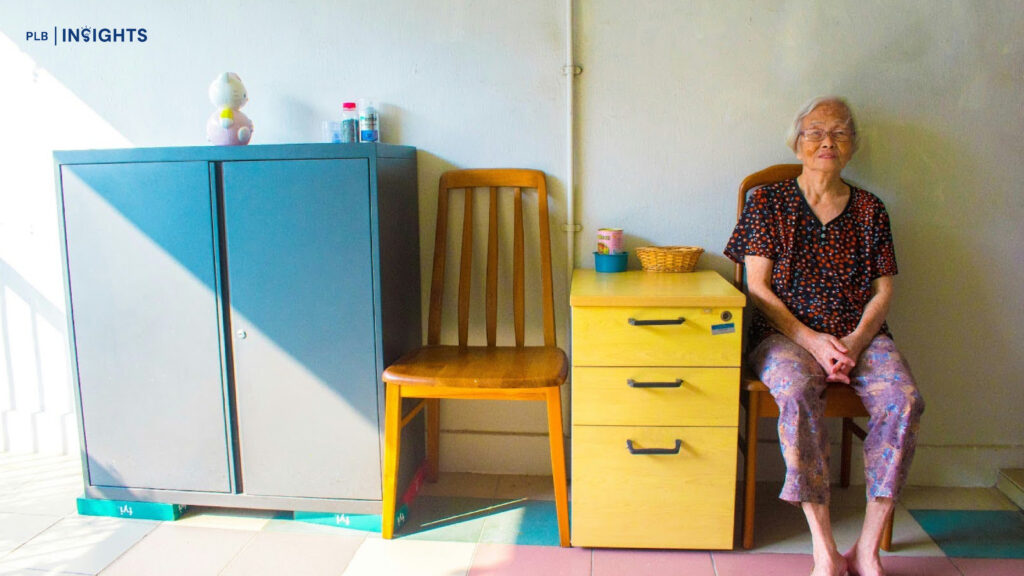
As Singapore rapidly approaches the threshold of becoming a “super-aged” society by 2030, where one in four Singaporeans will be over 65 years old, the country faces unprecedented challenges in meeting the housing needs of its ageing population. It is estimated that by 2030, senior citizens aged 65 years and above would make up 23.8% of Singapore’s total demographic, up from 17.6% as per data from 2022. This demographic shift is not just a social issue but also a significant consideration for the real estate market.
To accommodate this growing segment of the population, Singapore must expand and diversify its housing options, ensuring that all seniors have access to safe, comfortable, and affordable living arrangements.
Current Landscape: A Gap Between Supply and Demand
Singapore’s existing housing landscape for seniors includes a variety of options, ranging from nursing homes and assisted-living facilities to public housing reserved for the elderly. Despite these efforts, the supply has not kept pace with the increasing demand. The Ministry of Health (MOH) has made strides by expanding residential aged care capacity, having increased the number of beds from 16,200 in 2020 and further plans to increase it to 32,000 by 2030. However, the demand continues to outstrip supply, particularly in more affordable segments of the market.
Moreover, many seniors prefer to age in place, maintaining their independence while having easy access to healthcare facilities. The Urban Redevelopment Authority (URA) and MOH have found that most seniors express a desire to remain in their current living arrangements, provided that essential services are within reach. This highlights the need for more integrated housing options that combine residential living with healthcare and social services.

The Role of the Private Sector: High-End vs Affordable Housing
The private sector has begun to recognise the potential in the senior housing market, but the focus has largely been on high-end developments. For instance, Allium Healthcare has developed premium nursing homes under the Allium Care Suites brand, targeting high-income seniors with rates that can exceed $400 per day. Similarly, Keppel is expanding its footprint in the senior living market, with plans to open facilities in Singapore and abroad.
While these developments cater to wealthier segments, there is a significant gap in the market for affordable and middle-income senior housing. The high cost of land and labour in Singapore has made it challenging for developers to offer more budget-friendly options. As a result, there is a pressing need for more public-private partnerships to create a broader range of housing solutions that can meet the diverse needs of Singapore’s ageing population.
The Government’s Role: Leading the Charge
To truly address the housing needs of the elderly, the Singapore government must take a proactive role in facilitating the development of senior-friendly housing. The Housing and Development Board (HDB) has already made strides in this area, with projects like Kampung Admiralty, which integrates residential units with social, healthcare, and retail facilities. The success of this model, as well as other initiatives like the Community Care Apartments (CCAs), demonstrates the potential for public housing to play a leading role in addressing the needs of seniors.
However, more needs to be done. The government could consider releasing additional land specifically for senior living developments, particularly those that cater to lower and middle-income residents. By doing so, the government can ensure that the benefits of these developments are accessible to a broader segment of the population, rather than being limited to the affluent.
Community Care Apartments: A Step in the Right Direction
Launched in 2021, CCAs are a novel public housing option tailored specifically for seniors, combining the concept of independent living with access to care services. These apartments are designed to be senior-friendly, with features such as grab bars, non-slip tiles, and emergency response systems built into the units.
What sets CCAs apart is their integration of housing with care services. Residents of CCAs have access to a suite of services, including 24-hour emergency monitoring, basic health checks, home maintenance, and organised social activities, all aimed at promoting active and healthy ageing. The flexibility of the lease options, ranging from 15 to 35 years, also caters to the varied financial situations of seniors.
The introduction of CCAs reflects a broader shift towards creating living environments that not only provide shelter but also support the holistic well-being of seniors. By combining affordable housing with essential care services, CCAs help fill the gap between independent living and full-fledged nursing homes, offering a middle ground that many seniors find appealing.
Current Locations of CCAs:
Harmony Village @ Bukit Batok

The first project with CCAs, launched in February 2021, consists of 169 units and is integrated with a hawker centre, community garden, fitness station, and an activity centre. Located at Bukit Batok West Ave 9, it is well-connected to amenities such as eateries, a shopping mall, public transport, and healthcare facilities. Harmony Village is expected to be completed by September/October 2024.
Queensway Canopy

Launched in November 2022, this second project with CCAs offers 245 units within a wider integrated housing development located at Queen’s Crescent. Situated in the Health District @ Queenstown, this CCA project is designed to enhance residents’ well-being through innovative technology solutions and community-driven programmes. It is expected to be completed by Q3 2028.
Chai Chee Green
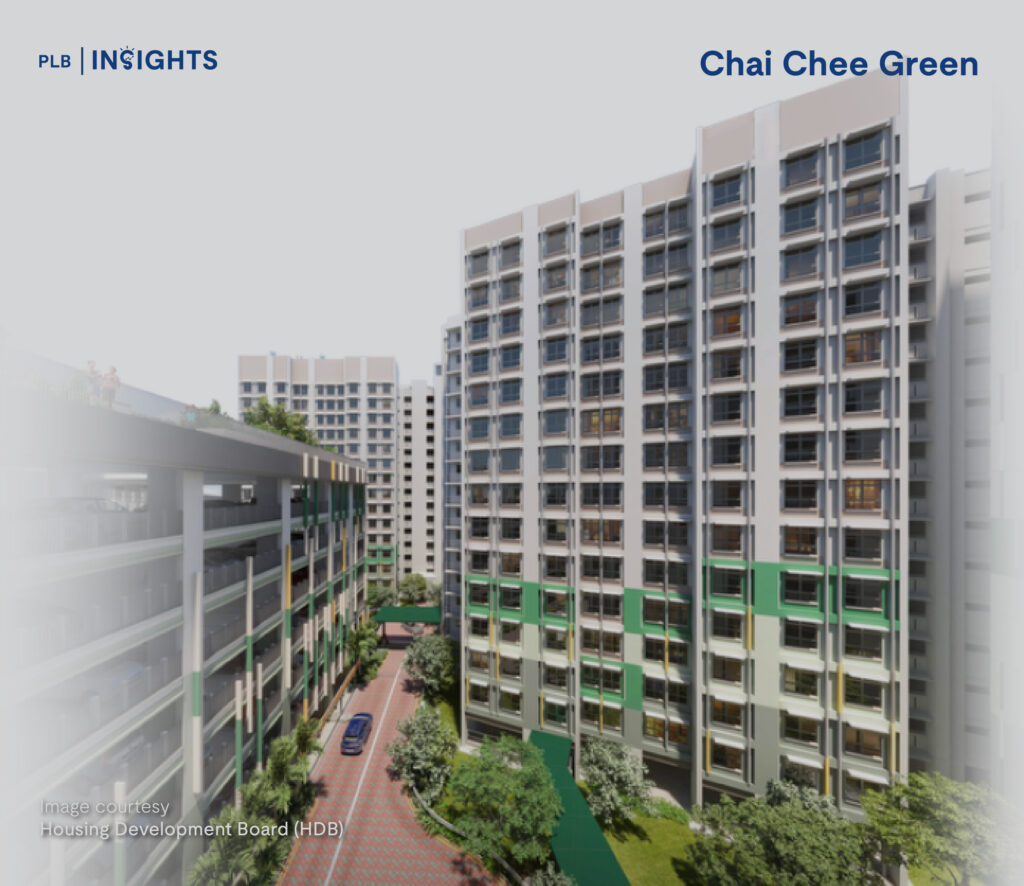
The third project with CCAs, launched in December 2023, consists of 250 units and is part of a larger integrated development that also includes 3-room, 4-room, and 5-room flats to promote inclusivity and community interaction. Located at Chai Chee Lane, it offers easy access to social and communal facilities and is well-connected by public transport. The flats are expected to be ready by 2028.
Upcoming Project with CCA in Geylang
As part of the October BTO exercise, a new project with CCAs will be launched in Geylang, comprising 420 units, including 4-room flats. This further expansion of the CCA concept demonstrates the government’s commitment to providing a diverse range of housing options for seniors.
Beyond the Hype: A Broader Perspective on Real Estate Development
While new development launches and investment opportunities often dominate the headlines in Singapore’s real estate market, it is equally important to focus on the ageing population’s housing needs. The allure of luxury condos and commercial developments should not overshadow the growing demand for senior-friendly housing. The ageing population represents a significant and growing market that requires attention and innovation.
By investing in senior housing, developers not only meet a critical societal need but also tap into a market with substantial growth potential. As life expectancy increases and the population ages, the demand for housing that accommodates the needs of seniors will only continue to rise. Developers who recognise this and act on it now will be well-positioned to lead in this emerging market.
Global Insights: Learning from International Models
Looking beyond Singapore, other countries facing similar demographic challenges have implemented innovative housing solutions that could serve as models. For example, Japan, which has one of the world’s oldest populations, has developed a range of senior housing options, including group homes for dementia patients and large-scale retirement communities that offer a continuum of care.
In Europe, countries like Germany and the Netherlands have also made significant strides in integrating senior housing with healthcare and social services. These international examples highlight the importance of creating housing environments that not only provide shelter but also foster community and well-being among seniors. Singapore can draw inspiration from these models, adapting them to the local context to create housing solutions that are both effective and sustainable.
The Way Forward: A Holistic Approach to Senior Housing
As Singapore continues to age, the need for diverse and specialised housing solutions will only grow more urgent. A holistic approach that involves both the public and private sectors is essential. This approach should prioritise affordability, accessibility, and integration with healthcare and social services, ensuring that all seniors can live with dignity and independence.
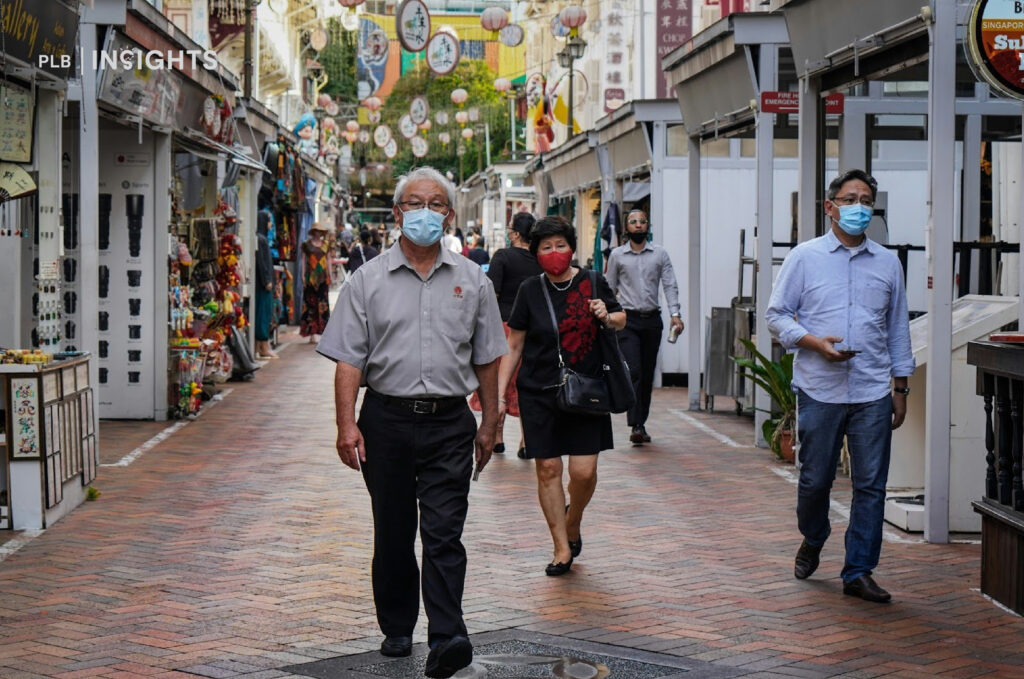
Moreover, the real estate industry must balance the excitement of new developments with the practical needs of an ageing society. By doing so, Singapore can ensure that it remains a city that is inclusive, compassionate, and prepared for the demographic shifts ahead.
Future Planning: Emphasising Walkability, Senior-Proof Design, and Accessibility
As Singapore continues to plan for an ageing population, it is crucial for developers and urban planners, including the URA, to focus on creating senior-friendly environments. One of the most important aspects of future planning is ensuring that senior housing developments are walkable, senior-proof, and easily accessible via public transportation, particularly MRT stations.
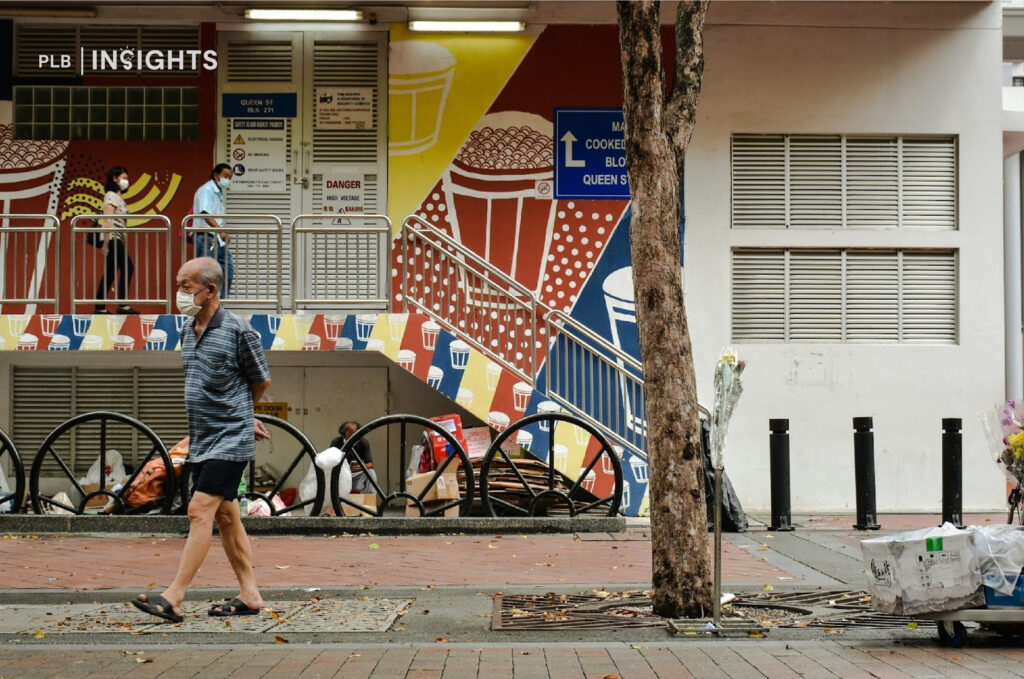
Walkability and Senior-Proof Design: Walkability is essential in senior-friendly housing, as it allows seniors to move about safely and independently within their communities. This includes well-maintained pathways, ample green spaces, and easily navigable routes that reduce the risk of accidents. Senior-proof design features such as non-slip tiles, grab bars, ramps, and elevators are also critical in ensuring that homes are safe and accommodating for elderly residents.
Proximity to MRT Stations: Accessibility to public transportation, especially MRT stations, is another key factor that should be prioritised in the planning of senior housing. Being close to MRT stations allows seniors to remain mobile and connected to the rest of the city, facilitating easy access to healthcare services, shopping, and social activities. This connectivity is not only vital for maintaining independence but also for enhancing the quality of life of senior residents.
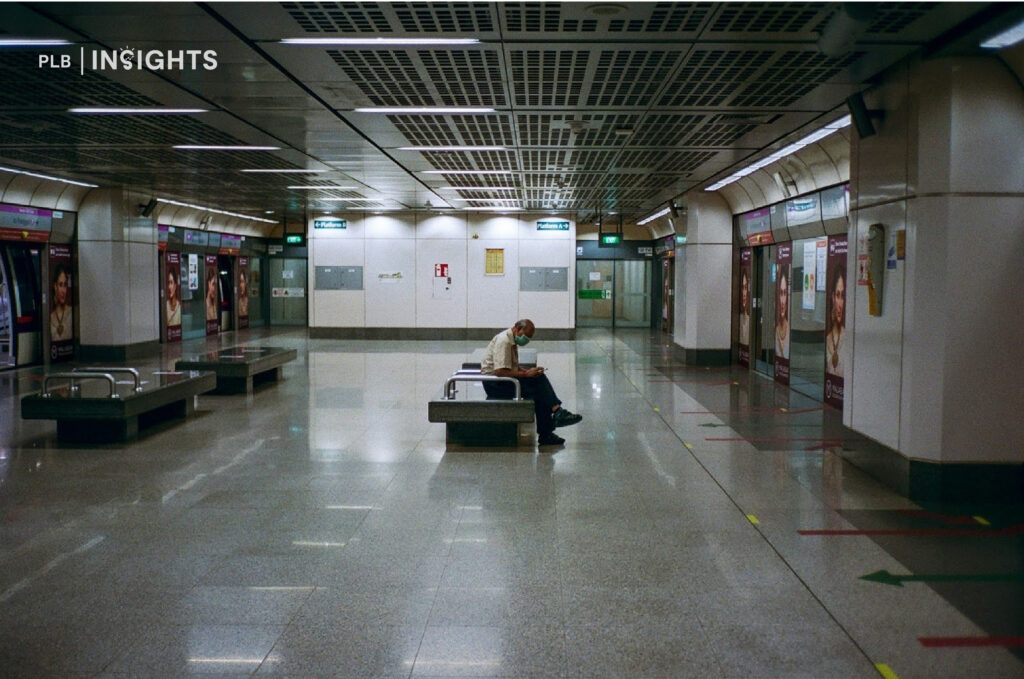
By integrating these elements into future developments, Singapore can create communities that are not only livable for seniors but also supportive of their desire to age in place. This approach will be crucial in meeting the needs of the growing elderly population and ensuring that Singapore remains a city that caters to all its residents.
In Summary
The housing needs of Singapore’s elderly population present both a challenge and an opportunity for the real estate sector. By addressing these needs head-on and developing a range of housing options that cater to different income levels and care requirements, Singapore can set a benchmark for ageing societies globally.
Developers, policymakers, and community leaders must work together to create a future where seniors are not just cared for but are also celebrated as valuable members of society. By investing in senior housing today, Singapore can ensure a brighter, more inclusive tomorrow for all its residents.
If you need help choosing your dream home and planning for a secure future, including your retirement years, do reach out to us here and we will be glad to help you along your journey.
Thank you for reading, see you in the next one!







